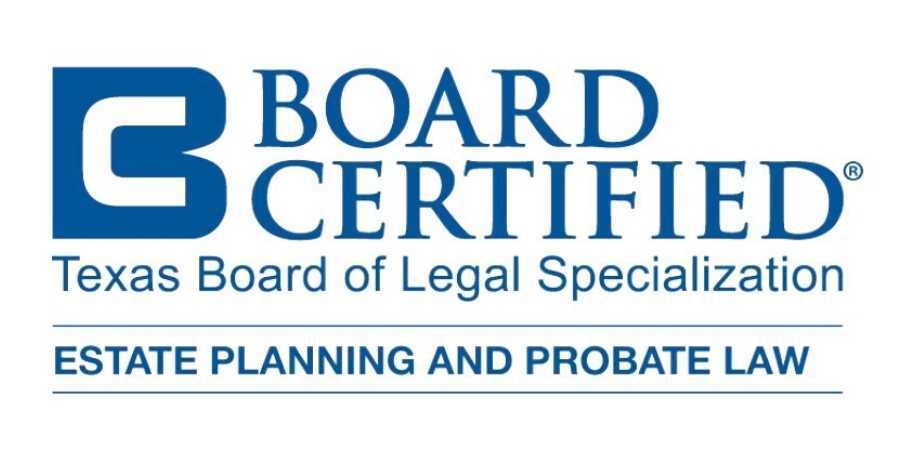Misleading Myths: What happens in a second marriage situation?
August is Make-A-Will Month!

There are people who think that when they die while married, that everything they own will automatically go to their spouse or children. What may be the case is that they are thinking of state rules that apply if someone dies without leaving a will. In legal terms, this is referred to as “intestate.” In that case, the specifics will vary depending on each state’s law, so where you live when you die can significantly change the result for your family. However, the general rule is that your spouse will receive a share, and the rest will be divided among your children. Exactly how much a spouse will inherit depends on the state you die in.
Now, it may seem like, “So far, so good.” Your spouse is getting an inheritance and so are the kids. But here are some situations of how the laws can fail many common family situations. First off, if both parents of minors die intestate, then the children are left without a legal guardian. Kids don’t automatically go to a godparent, even if that’s what everyone knew the parents had intended. Instead, a court will appoint someone to be the children’s guardian. In circumstances like these, the judge seeks to act in the children’s best interests and gathers information on the parents, the children, and the family circumstances. But the decision is up to the court, and the judge may not make the decision that you, as a parent, would have made. When it comes to asset division, in most cases, state intestacy law presumes that a family consists of a husband, wife, and their natural-born children.
But, that’s not necessarily the way many families are structured, and things can become legally complicated quickly. According to wealth management studies, one analysis has 50 different types of family structures in American households. Almost 18% of Americans have been remarried, and–through adoption and stepfamilies–millions of children are living in blended families. Unfortunately, the laws just haven’t kept up, and undesirable results can occur if you rely on intestacy as your estate plan. Stepchildren that you helped raise but didn’t legally adopt may end up with no inheritance, while a soon-to-be-ex-spouse may inherit from you.
Say, for example, a father has a will that provides assets to his spouse and two children and then they adopt a third child. Then, the father dies in a car accident before he’s able to revise his will. In some states, because the adopted child is not mentioned in the will, she may not be entitled to any inheritance.
If that isn’t bad enough, consider that, in some states, the law provides that an adopted child still has rights to the biological parents’ assets–and the biological parents are entitled to inherit a child’s wealth. (Imagine if the adopted-as-an-infant Steve Jobs had died intestate, and his biological parents demanded a share of his estate!) Of course, with a will or trust, you can control your estate and essentially eliminate the risk of these crazy results.
What if You and Your Spouse Are Separated?
State law decides what happens to your estate if you are separated from your spouse when you die. Much of the time, the court ignores your separation and just considers you still legally married. Unless you have a prenuptial or postnuptial agreement, it is extremely difficult to disinherit your spouse. Again, even if a spouse is omitted from a will, state laws might choose to give a surviving husband or wife a share of the assets. If you are separated from your spouse, and your divorce is pending, you should definitely talk with your divorce lawyer and an estate planning attorney about your options.
Creditors Win
Intestacy provides no asset protection or preservation benefits. Without any protections in place, an estate’s assets are still vulnerable to creditors, lawsuits, and others who may claim entitlement to the property. These claims would take precedence over the statutory requirements for inheritance. In other words, the family may not receive the lion’s share of the estate. They’d get the leftovers.
Does this bring up more questions than answers? We are available in person, by appointment or by Zoom. In Central Texas call us at 830-302-4577.


CONTACT INFORMATION






















